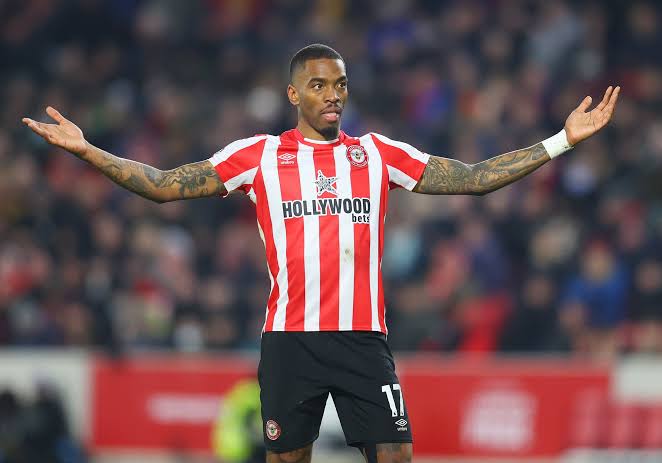The 2022-23 seasons around Europe kicked off a little earlier than usual, because of the first-ever World Cup in winter. We have results from the first few weeks, and naturally, some surprise results.
Most recently, the LWOS staff and many others have predicted that Liverpool was the favourite against Manchester United. and the bookies shared this thought. According to betexplorer.com, the odds of Liverpool’s winning were 1.69 (or 4/7), which meant a 59.2% probability.
Everybody Can Pick a Favorite Team…
Since it is not possible to match two perfectly equal teams against each other, one of them will always be considered a favourite. People can assess various factors and guess the result of a match and decide on who they think is the most likely winning side. Moreover, they can even claim to have picked a clear favourite.
However, these are subjective judgments that are highly dependent on every individual’s knowledge and also a probable sentimental bias. Meanwhile, betting companies take a more professional approach. They use various methods to find a numerical value that assesses anticipated probabilities for possible outcomes.
…But Who Can Be Sure About It?
However, even picking a favourite team with the help of mathematics may not be enough to objectively conclude a “clear” favourite. That’s because “clear” is also an abstract definition and can change for every other person.
For example, this academic study has picked 1.50 or lower odds to conclude that a team was the clear favourite. However, even the authors themselves have stressed it was a subjective choice.
Winning odds of 1.50 and lower may be in fact enough for most people to consider a team as a clear favourite, but is there a definitive number? The analysis below explores whether there is a certain level of odds for a team to be considered a “clear favourite”.
Step Back, I’m a Statistician
Our argument is as follows: the assigned probability for a “clear” favourite should be higher than the rate of surprise for that particular level.
For example, the odds between 1.90-2.00 for a team stands for a 50%-52.6% probability of winning. If the actual winning rate of the favourite teams in this group is lower, then these odds wouldn’t ensure a ‘clear’ stand-out team.
We collected the odds and results of close to 47,000 football matches around the world to test this hypothesis. Then we grouped these matches according to the favourite teams’ odds for small intervals. Finally, we calculated the rate of surprises, which is the percentage that favourite teams failed to win, for every group.
Results
The graph below shows that the realized rate of a surprise result (lost bet) falls below the odds of the favourite team at the left-hand side intersection around 2.25.
However, this is equal to a chance less than 50% (44.4%) and even our intuition tells us this is a high level. Indeed, the vertical axis value at this intersection points to more than four out of 10 bets losing at this level.
Therefore, we add two standard deviations to realized rates of surprises to increase the safety.
In this case, the critical level of odds for determining a clear favourite decreases to 1.50 (right-hand side intersection). This level also reduces the percentage of lost bets in our sample to 26.5%.
We refine the numbers for the last time. As a result, if you accept at most a 25% risk of failure, you should not bet on teams with odds greater than 1.45. It looks like the results of almost 47,000 games generally support the academics’ intuition about picking a “clear” favourite.
Of course, football will always incorporate the element of surprise, which is also one of its best characteristics. Otherwise, as the clear favourite with odds lower than 1.3 in both games, Liverpool would win in the first two weeks against Fulham and Crystal Palace.
In this regard, our argument may not be convincing about picking a clear favourite. Nevertheless, this exercise put some light on the chances of facing another surprise result in the future.
🚨Manchester United, Chelsea and Everton are monitoring the situation of Brentford's 26-year-old English player Ivan Toney.
🇬🇧 🔴 #MUFC 🔵 #CFC 🔵 #EFC pic.twitter.com/BqYWMXMihY— Ekrem KONUR (@Ekremkonur) August 21, 2022






